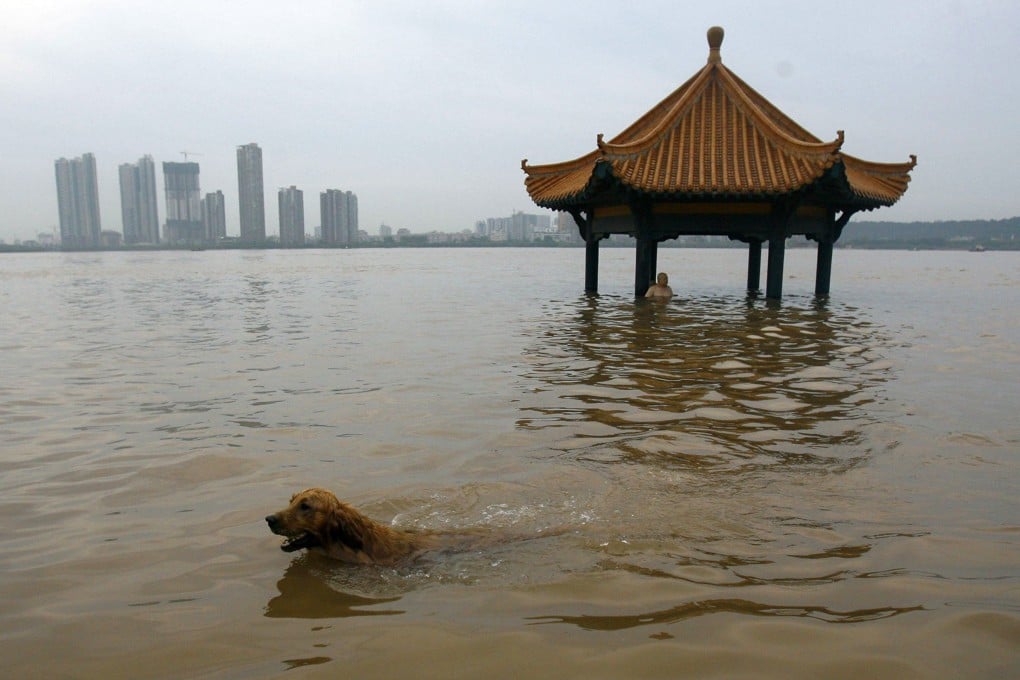China’s ‘sinking’ big coastal cities at risk of floods as sea levels rise, study warns
- Study reports groundwater changes and building weight appear linked to subsidence; a quarter of China’s coastal land will sink below sea level within a century
- Some 270 million Chinese people now live on sinking land and 67 million people live in regions with rapidly sinking land, paper says

A quarter of China’s coastal land will sink below sea level within a century, putting hundreds of millions of people at risk of being flooded, a new study has found.
The scientists behind the research said groundwater changes and building weight appeared to be linked to the phenomenon, and “the key to addressing China’s city subsidence could lie in the long-term, sustained control of groundwater extraction”.
The researchers from universities around China, including South China Normal University and Peking University, the Chinese Academy of Sciences and two universities in the United States, published their findings in the peer-reviewed journal Science on Friday.
“We found a considerable risk of coastal inundation unless adequate protective measures are implemented and maintained,” they wrote.
“[China’s most populous city] Shanghai and its neighbouring areas have been actively pursuing long-term control of groundwater extraction, which likely explains the slow subsidence observed there,” they said.
They said collaborations between policymakers, the research community and civil engineers were needed to effectively address the issue.
